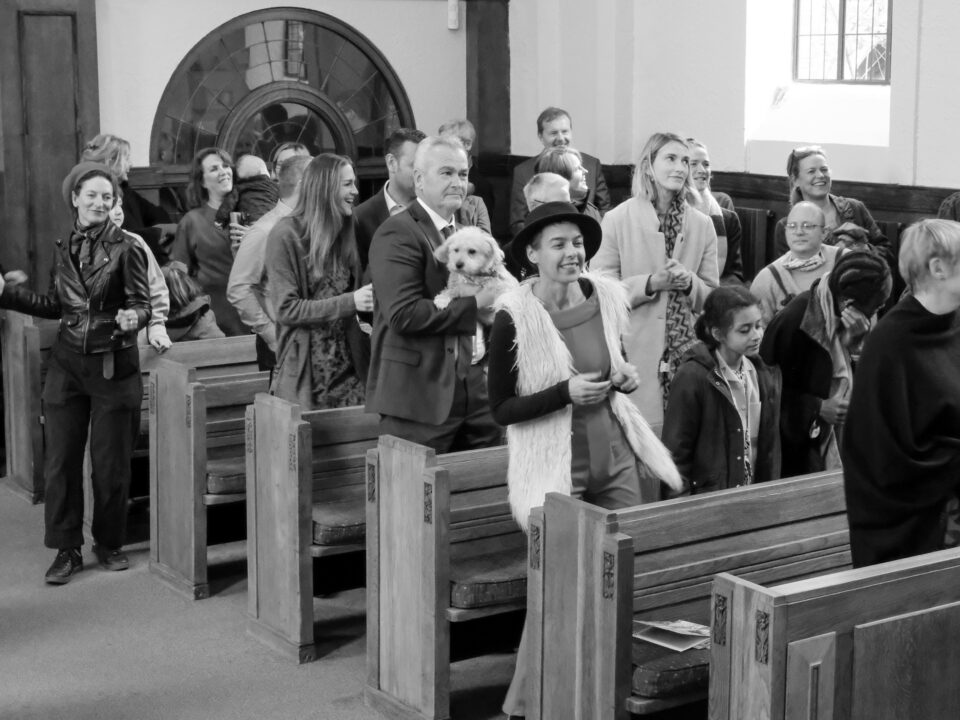- Contact Us Today
- (937) 278-4287
- lgfuneralhome@gmail.com
Symbolism in Funerals: Rituals of Love

The Therapeutic Effect of Grave Visitation: A Glimpse into the Healing Journey
December 11, 2023
The Rapid Acceptance of Direct Funerals
December 25, 2023At the core of the human experience, Dayton, Ohio, funeral homes rites are one of the most profound expressions of love and remembrance. These ceremonies, which vary widely across cultures and religions, offer a way for the living to navigate the deep waters of loss while honoring those who have passed. At the heart of these rituals, symbolism is instrumental in encapsulating the essence of life, mortality, and the affection that binds us beyond the physical realm. Here, we explore the rich tapestry of symbolism found in funerals, highlighting how these symbols serve as a conduit of love and reflection.
With their fleeting beauty, flowers are perhaps one of the funerals’ most universally recognized symbols. In Western traditions, lilies often signify purity and the restored innocence to the departed’s soul. Roses can indicate deep love and respect, with colors conveying different meanings—the red rose evoking love, the white symbolizing reverence, and the pink expressing gratitude. Adorn coffins or grave sites with flowers is a form of silent communication, each petal whispering messages of love lost but not forgotten.
Candles are another significant emblem used within funeral services, illuminating the darkness literally and metaphorically. Their persistent flame is a testament to the enduring nature of life, with many belief systems considering it a link between the material world and the spiritual. Lighting candles during vigils pays homage to the departed’s memory and represents hope, guiding the soul on its journey and comforting the bereaved with its warm glow.
In many Eastern traditions, incense scorching carries profound symbolic weight. Incense smoke ascending towards the heavens symbolizes prayers and well-wishes rising to the afterlife or a divine entity. This fragrant offering purifies the space, eases grief, and manifests an atmosphere of sacred serenity surrounding those gathering to say farewell.
Music is another powerful tool for conveying emotions that words cannot capture. Funeral hymns and melodies resonate deeply, with each note able to express sorrow, provide solace, and celebrate a life lived. Whether a plaintive dirge or an uplifting song of hope, music allows mourners to connect with their emotions and one another, sharing in their communal loss.
The symbol of crossing over, often represented by bridges, archways, or gates within funeral iconography, reflects the passage from life into death and sometimes the hope of a journey to an afterlife or reunion. For the living, this symbol can provide comfort in visualizing their loved ones embarking on a peaceful transit to a place free of suffering.
Personal items or cherished possessions placed within a casket or at a memorial site tell an individual’s unique story—reaffirming their identity, acknowledging their passions, and keeping the connection alive through objects associated with happy memories.
While rituals and symbols may aid in expressing grief and love, it is essential to recognize the personal aspect of mourning. Each person must navigate their path through loss, drawing on the strength of tradition or forging new practices that speak to their hearts.
The symbolism woven into the fabric of Dayton, Ohio, funeral homes serve as rituals of love—a language without words that offers comfort, continuity, and a bridge between the living and the deceased. As we partake in this timeless tradition, we honor our dead with somber reflection and celebrate a bond that transcends the veil of death, a bond written in the universal script of love. Contact us at Glickler Funeral Home & Cremation Service to learn more.




